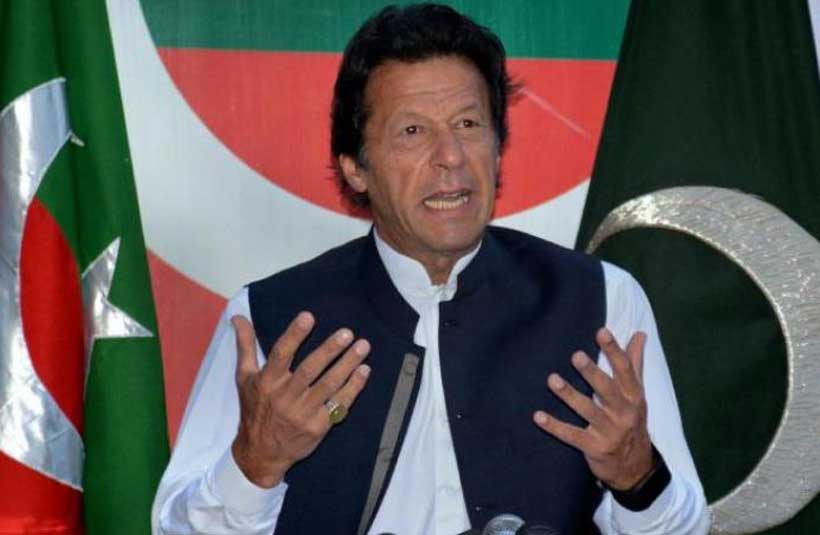A ‘new political map’ of Pakistan was need of the hour in the midst of Indian controversial unilateral decisions in the region. With updated map, Pakistan clearly defines Jammu & Kashmir (J&K) as “disputed territory”; rejects Indian abrogation of Article 370 and 35-A that revoked J&K’s semi-autonomous status; and demands United Nations Security Council (UNSC) resolutions on J&K to be implemented in their true letter and spirit.
In his address to the nation, on August 04, 2020, Prime Minister Pakistan Imran Khan reiterated the implementation of UNSC resolutions, giving the Kashmiri people their right to self-determination. “Their right to self-determination, given to them by the world community, has still not been given. And we clearly want to say to the world that it is the only solution,” he said. As part of Pakistan’s efforts, he assured that “we will do political struggle, we don’t believe in military solutions. We will remind the UN again and again that you had made a promise [to the people of Kashmir] which you did not fulfill.”
According to the new map, the final settlement of the J&K dispute will be in accordance with the UNSC resolutions. In this respect, the remaining area is clearly indicated as Indian Illegally Occupied Jammu & Kashmir (IIOJ&K). Second, the new map finally shows the long due development with the extension of the Line of Control (LoC) beyond NJ980420 to the Karakoram Pass, separating Pakistan and India’s position in the context of Actual Ground Position Line. Third, Pakistan rejects Indian claim on the western bank with the line for Sir Creek on the eastern bank on the basis of Thalweg doctrine. Fourth, the present map clearly integrates Federally Administered Tribal Areas (FATA) with Pakistani province Khyber Pakhtunkhwa (KPK).
While rejecting the map, India regarded it “an exercise in political absurdity… these ridiculous assertions have neither legal validity nor international credibility”. As per India’s Ministry of External Affairs’ statement, “Islamabad’s move confirms the reality of Pakistan’s obsession with territorial aggrandisement supported by cross-border terrorism”. In response, Foreign Office of Pakistan rejected Indian MEA’s statement and argued that “India cannot create a smokescreen for its illegal and unacceptable actions in Indian occupied Jammu & Kashmir, including those taken since 5 August 2019.It is preposterous for a country that is compulsively expansionist, and a brazen practitioner of state-terrorism, to level charges against others.”
Indian response was misunderstood as well as misinterpreted, not to mention social media responses on the development. That is why, the record needs to be set straight. The new map strengthens sovereignty of Pakistan with clear depiction of its sovereign claims and country’s position on its borders. Moreover, the new also negates the validity of all fake maps, circulating in and outside Pakistan. For instance, Post abrogation of article 370 and 35-A, Indian maps showed the illegally annexed areas of Jammu and Kashmir (including Ladakh) as well as the liberated areas of Azad Kashmir and Gilgit-Baltistan and Aksai Chin as belonging to India.
Since 1947, India has been in illegal occupation of parts of J&K and has continuously violated UNSC resolutions for many years. India does not pay heed to the international law and norms by manifesting textbook bigotry. Over the years, bids to quell the unflinching freedom struggle have not been fruitful for India. Pakistan’s position, however, remains clear, unambiguous and consistent. The resolution of J&K dispute lies in the realization of the Kashmiris’ inalienable right to self-determination through an impartial plebiscite as per the guidance of the UN. In addition, Pakistan needs to move forward from just highlighting the issue in various capitals around the world to lobbying for legislators, human rights activists and the international media to play their long overdue role in the peaceful struggle of Kashmiris’ against Indian fascist designs. Nevertheless, the political map issued by Pakistan emphatically reaffirms this abiding commitment.”


